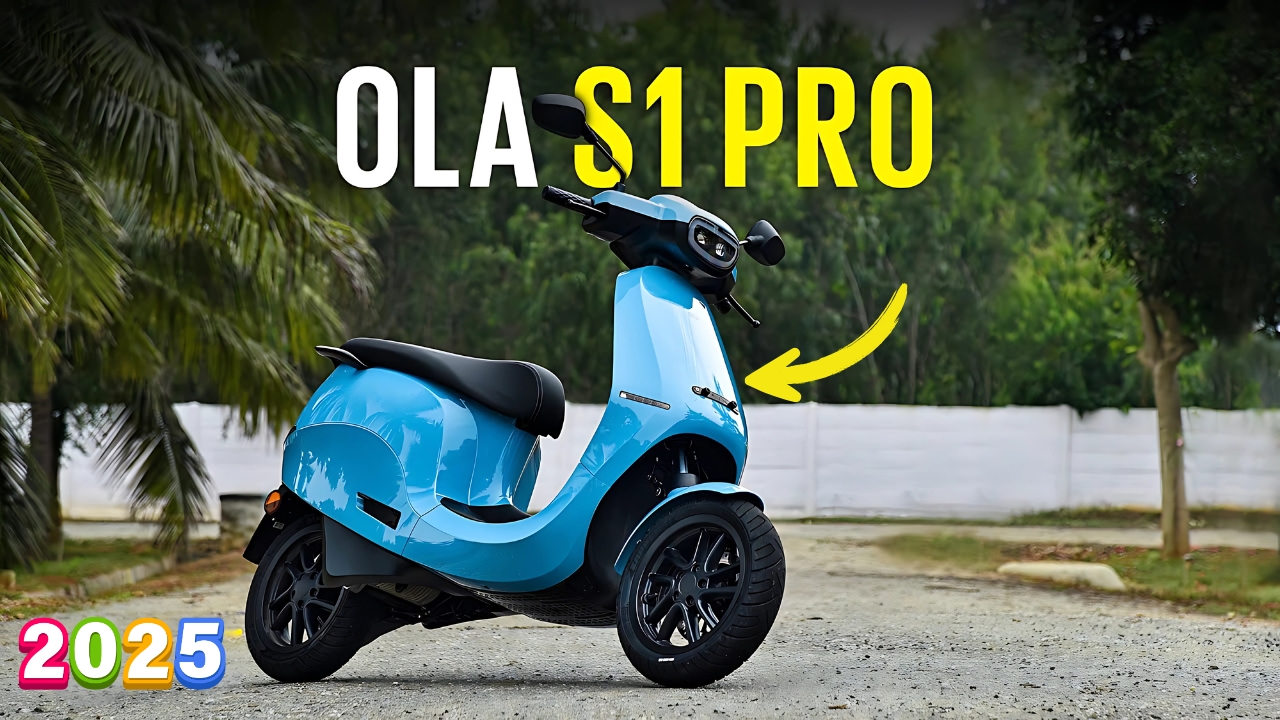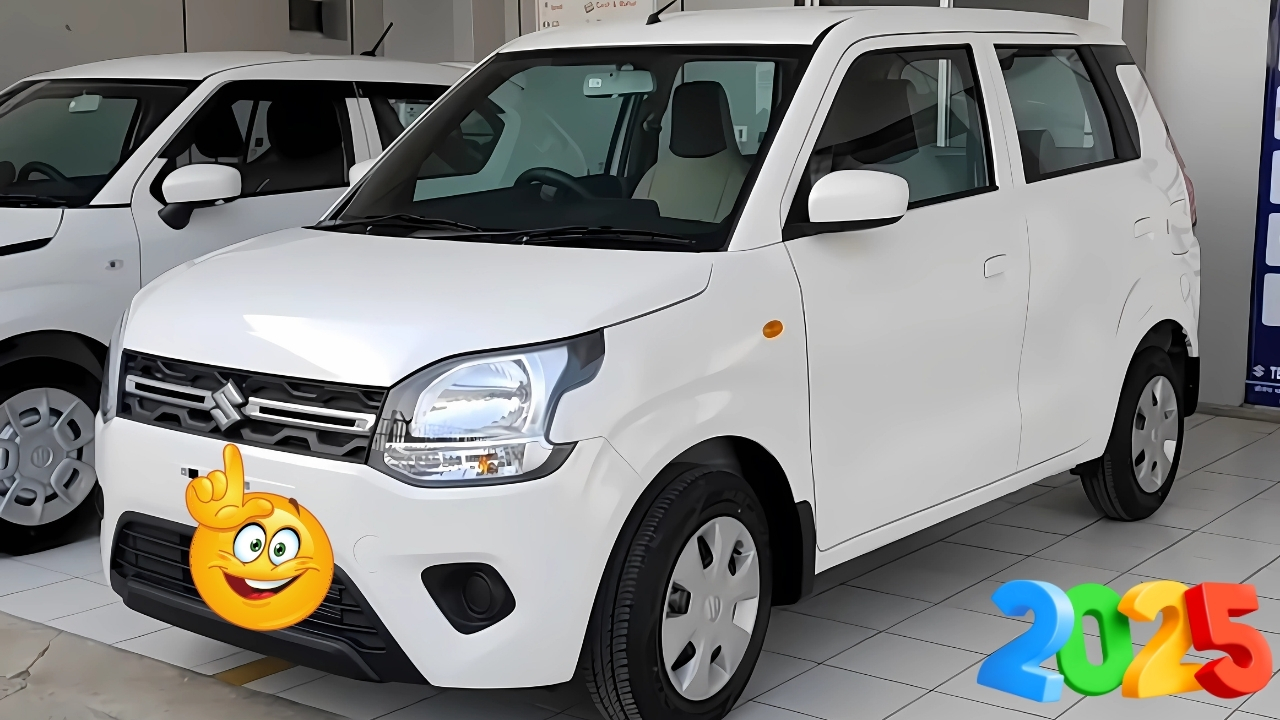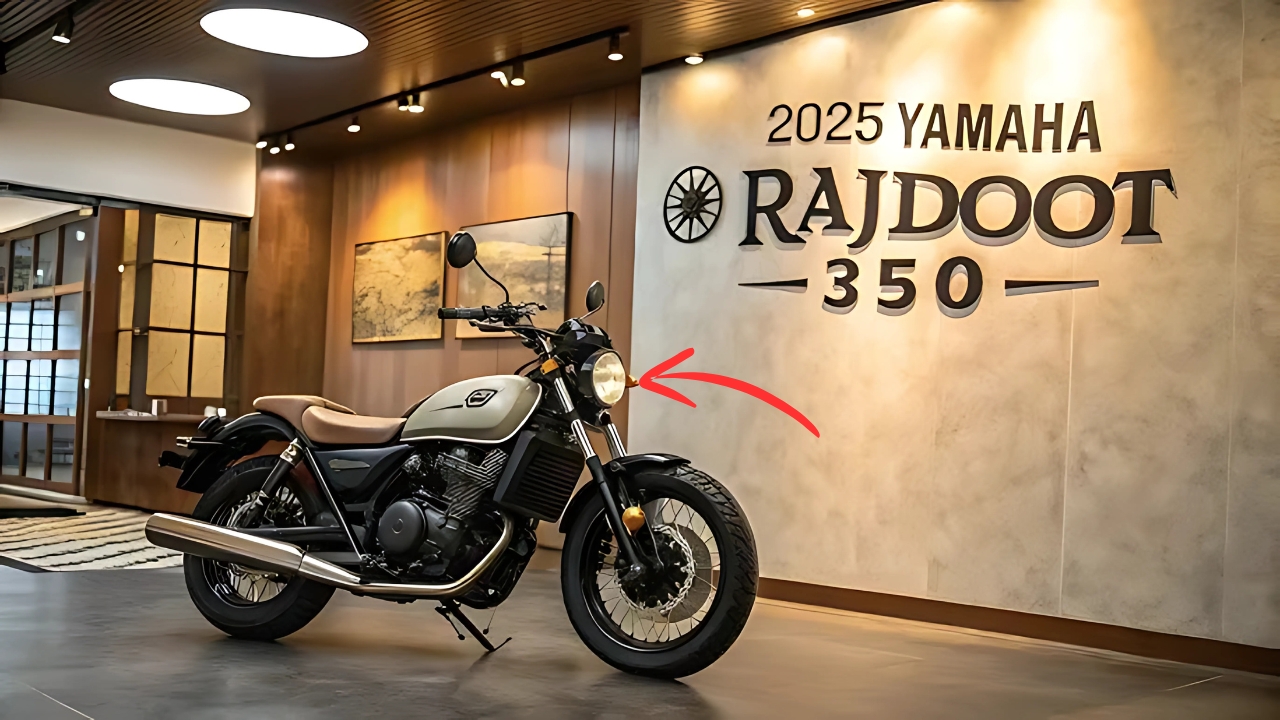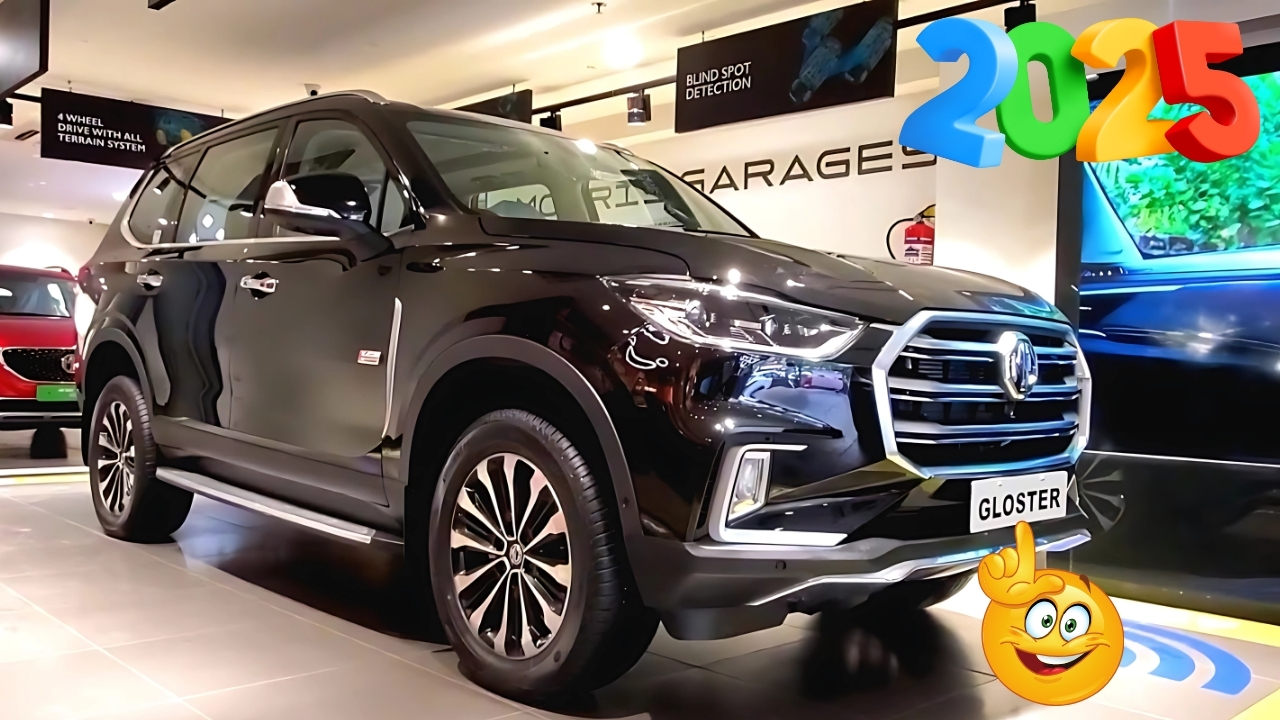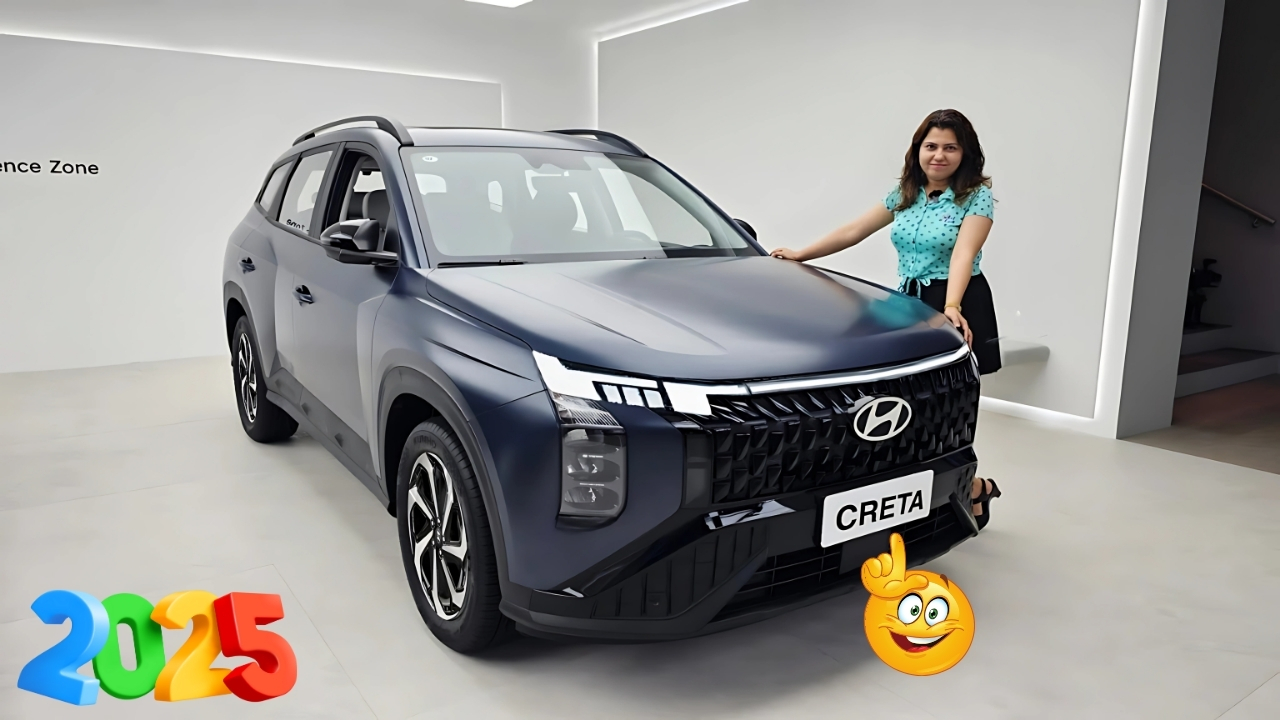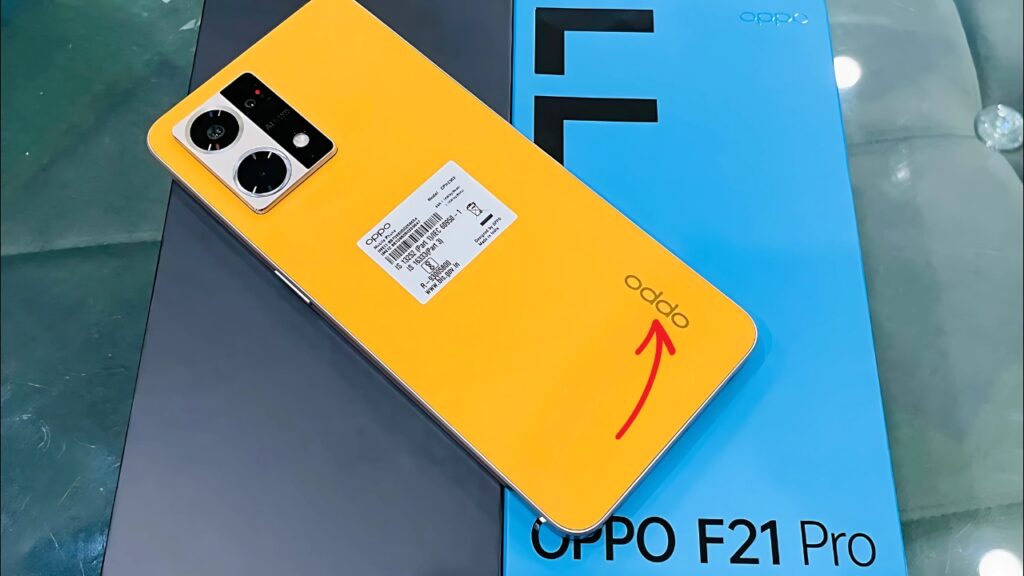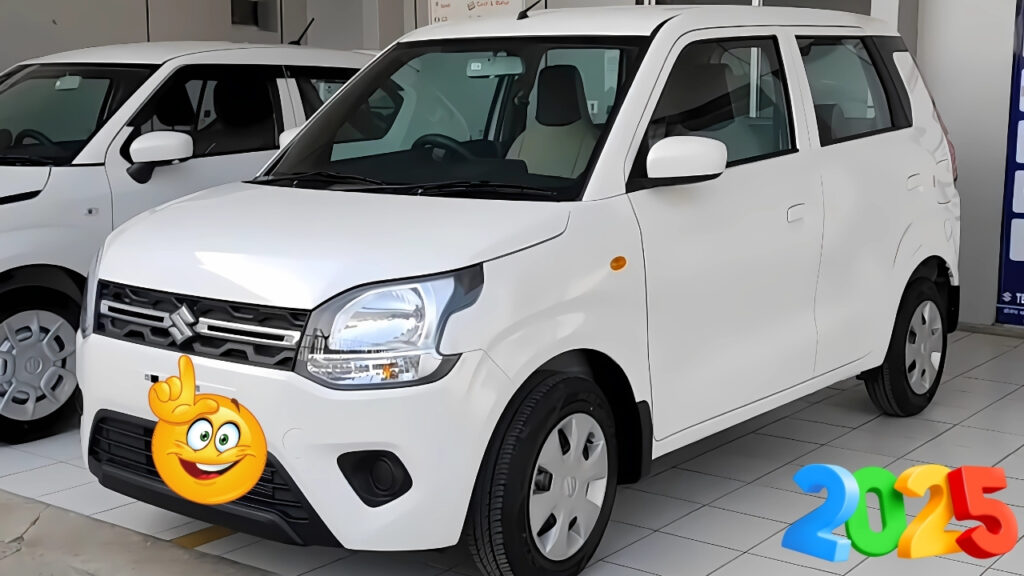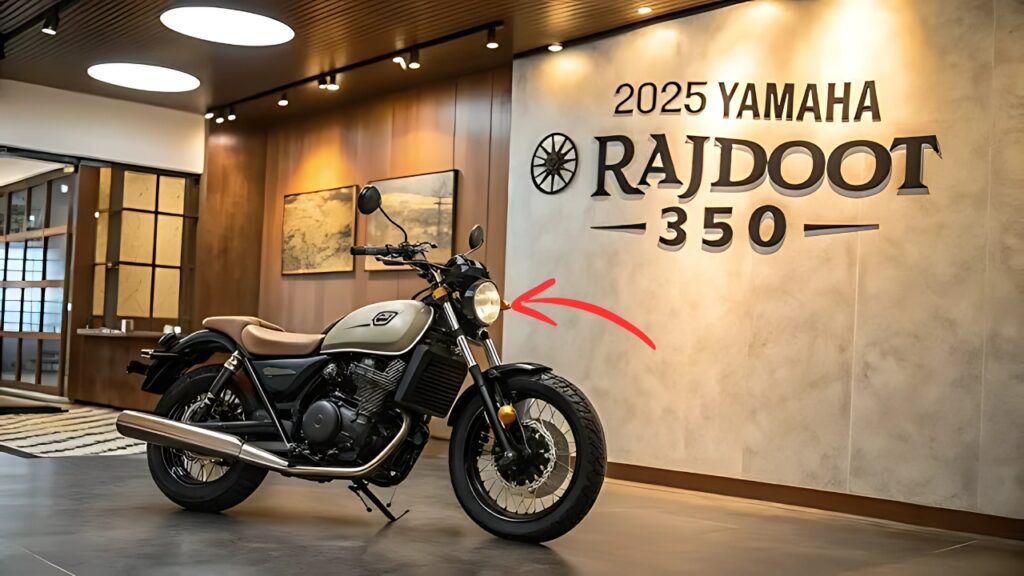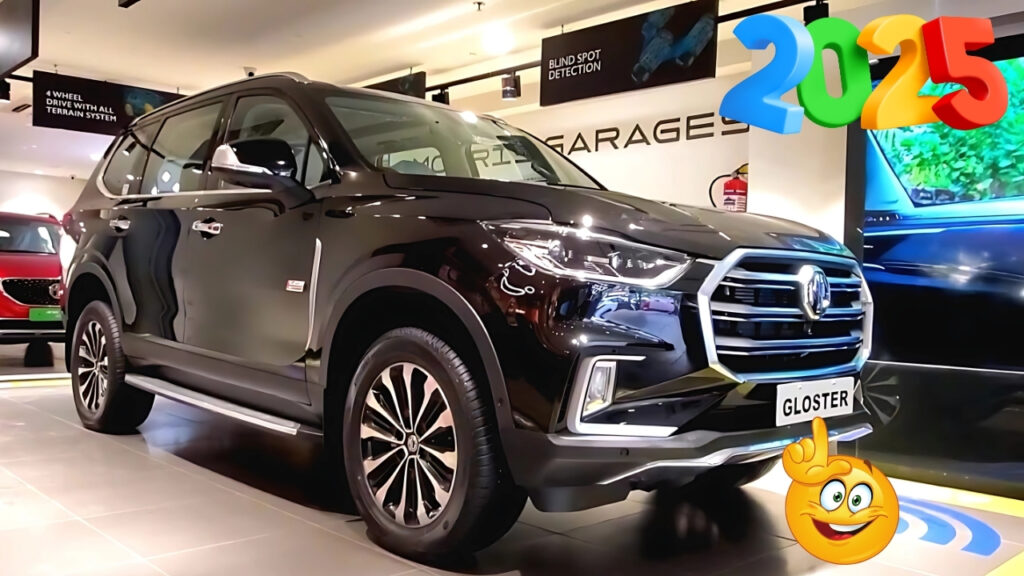OLA S1 PRO: In the rapidly evolving landscape of electric mobility, certain vehicles emerge as inflection points—products that redefine expectations and establish new standards for an entire category.
The Ola S1 Pro represents such a watershed moment in India’s electric two-wheeler market, where its combination of thoughtful design, advanced technology, and domestic manufacturing has created a proposition that extends beyond transportation to become a statement about the future of mobility in the world’s largest two-wheeler market.
OLA S1 PRO: The Genesis of Transformation
The story behind the S1 Pro provides essential context for understanding its significance.
When ride-hailing giant Ola announced its ambitious pivot into electric vehicle manufacturing, many observers expressed skepticism about the company’s ability to transition from software and services to complex hardware production.
This skepticism wasn’t without merit—the automotive industry has traditionally maintained high barriers to entry, with numerous well-funded startups failing to achieve meaningful production scale despite substantial investment.
Ola’s approach challenged conventional wisdom through vertical integration rarely seen in modern manufacturing.
The massive FutureFactory near Krishnagiri, Tamil Nadu—designed to eventually become the world’s largest two-wheeler production facility with a capacity of 10 million units annually—represents a bold bet on both electric mobility’s future and India’s manufacturing capabilities.
The facility’s all-women workforce further distinguished the venture through meaningful social innovation alongside technological advancement.
This manufacturing foundation provides important context for the S1 Pro itself, as the scooter’s design and feature set reflect a ground-up rethinking of what electric mobility can offer rather than a conversion of existing platforms or technologies.
Design Language: Purposeful Minimalism
The visual design of the S1 Pro embodies a distinctly modern aesthetic that embraces the vehicle’s electric nature rather than mimicking conventional scooters.
The clean, flowing surfaces and absence of visible mechanical elements create a cohesive form that communicates sophistication through simplicity rather than unnecessary embellishment.
This minimalist approach extends to practical elements as well. The seamless body panels reduce potential rattle points while enhancing weather resistance, while the integrated lighting elements improve both aesthetics and visibility.
The single-sided swingarm not only creates visual distinction but provides practical benefits through simplified maintenance access and reduced unsprung weight.
Color options demonstrate similar thoughtfulness with vibrant, distinctive choices that transcend the conservative palettes common in the two-wheeler market.
These colors aren’t merely visual treatments but use specialized manufacturing processes that create deeper, more durable finishes resistant to the environmental challenges of Indian roads and weather conditions.
Technology Integration: Beyond Transportation
Where the S1 Pro truly distinguishes itself is through technology integration that transforms the ownership experience.
The centerpiece of this approach is the 7-inch touchscreen display—a feature more commonly associated with premium automobiles than two-wheelers.
This interface serves as the control center for the vehicle’s numerous connected features, from navigation and music control to security functions and performance customization.
The MoveOS software platform underlying these features represents perhaps the most revolutionary aspect of the S1 Pro.
By approaching the vehicle as a technology platform rather than merely a transportation device, Ola enables continuous improvement through over-the-air updates that can enhance functionality, add features, and optimize performance throughout the vehicle’s lifespan.
This approach transforms the traditional ownership experience where vehicles gradually become technologically obsolete, instead creating a product that potentially improves over time.
Connectivity extends beyond convenience to practical security through geofencing capabilities, remote immobilization, and real-time tracking that address theft concerns that have historically plagued two-wheeler ownership in urban India.
These features transform security from physical deterrents to proactive systems that leverage digital capabilities to protect the substantial investment the vehicle represents for most owners.
Performance Architecture: Practical Capability
The propulsion system of the S1 Pro demonstrates a sophisticated understanding of urban mobility requirements rather than merely maximizing specification numbers.
The 8.5kW (peak) mid-drive motor delivers 58 Nm of torque—figures that translate to exceptional acceleration from standstill and confident highway capability when needed.
The direct-drive design eliminates transmission complexity while providing linear power delivery particularly valuable in congested traffic conditions.
Battery implementation shows similar thoughtfulness through a 3.97 kWh lithium-ion pack that balances capacity with weight and packaging constraints.
The non-removable design enables more efficient space utilization and structural integration while the sophisticated thermal management system ensures consistent performance across India’s diverse and often extreme climate conditions.
The resulting range of approximately 170 kilometers per charge accommodates typical urban usage patterns with substantial margin for route variations, unexpected detours, or gradual capacity degradation over time.
Charging infrastructure limitations receive practical acknowledgment through the portable home charger that enables convenient overnight replenishment without requiring permanent installation.
This approach recognizes the reality of varied living situations in urban India while the fast-charging capability provides flexibility for longer journeys when needed.
Technical Specifications and Features
| Feature | Specification |
|---|---|
| Motor | 8.5 kW (peak) hyperdrive motor |
| Battery | 3.97 kWh lithium-ion |
| Range | Up to 170 km (True Range) |
| Top Speed | 115 km/h |
| Acceleration | 0-40 km/h in 2.9 seconds |
| Charging Time | 0-100% in 6.5 hours (home charging), 0-50% in 75 minutes (fast charging) |
| Riding Modes | Normal, Sport, Hyper, Eco, Reverse |
| Display | 7-inch touchscreen with 1.8 GHz octa-core processor, 3GB RAM |
| Connectivity | 4G, WiFi, Bluetooth, GPS |
| Storage | 36 liters under-seat capacity |
| Weight | 125 kg |
| Ground Clearance | 165 mm |
| Suspension | Single fork front, monoshock rear |
| Braking | 220mm front disc, 180mm rear disc with combined braking system |
| Tires | 110/70 R12 (front), 130/70 R12 (rear) |
| Colors | 10 options including Porcelain White, Jet Black, Coral Glam, Neo Mint |
| Special Features | Cruise control, hill hold, voice assistant, remote boot lock, proximity unlock |
Ride Quality: Balanced Sophistication
The riding experience of the S1 Pro reflects careful chassis development beyond the propulsion system.
The single fork front suspension provides adequate wheel control while significantly reducing weight and complexity compared to traditional telescopic designs.
The rear monoshock delivers progressive damping that maintains composure over varying surfaces while providing adjustment for passenger or cargo loading.
Wheel and tire specification demonstrates similar attention to real-world usage through 12-inch diameter wheels that provide stability and obstacle management without the handling compromises of smaller dimensions common in many scooters.
The relatively wide tire profiles improve both grip and pothole management—important considerations given Indian road conditions—while the tubeless design enhances puncture resistance and safety.
The riding position accommodates diverse physiques through a thoughtfully shaped seat and natural handlebar placement that reduces fatigue during extended urban navigation.
The flat floorboard provides flexibility for various foot positions during longer rides while facilitating easy mounting and dismounting during frequent stops typical in urban usage.
Software Experience: Evolving Ecosystem
The MoveOS software platform represents perhaps the most distinctive aspect of S1 Pro ownership compared to conventional two-wheelers.
The system approaches the vehicle as a technology platform rather than merely a transportation device, enabling continuous feature enhancement through over-the-air updates that have already delivered significant functional expansion since the initial launch.
Navigation integration acknowledges the reality that most riders rely on phone-based mapping by incorporating these functions directly into the dashboard display, eliminating the need for handlebar phone mounts and providing larger, more visible guidance.
Music control similarly reduces device interaction while riding, enhancing both convenience and safety through voice control and intuitive interface design.
The companion smartphone application extends the ownership experience beyond the vehicle itself, providing remote monitoring, service scheduling, and community features that create an ecosystem rather than merely a product purchase.
This approach enhances brand loyalty while providing practical benefits through streamlined maintenance and support access.
Key Points About the Ola S1 Pro
-
Manufacturing Innovation – World’s largest all-women automotive factory represents both industrial and social advancement
-
Software-Defined Experience – MoveOS platform enables continuous improvement through over-the-air updates
-
Connected Security – Geofencing, remote immobilization, and tracking address theft concerns through technology
-
Balanced Performance – Practical range and capability prioritized over specification extremes
-
Thoughtful Charging Solutions – Portable home charger accommodates varied living situations in urban environments
-
Substantial Storage Capacity – 36-liter under-seat storage exceeds typical scooter provisions
-
Progressive Ownership Model – Direct-to-consumer approach eliminates traditional dealership inefficiencies
-
Environmental Impact Reduction – Zero tailpipe emissions address urban air quality challenges
The Broader Perspective
The S1 Pro represents more than just another electric two-wheeler—it symbolizes India’s potential to develop sophisticated consumer technology products domestically rather than merely manufacturing designs developed elsewhere.
The vertical integration approach from battery technology to software development creates intellectual property and manufacturing capabilities that extend beyond this specific product to enhance the broader industrial ecosystem.
This approach particularly matters in the electric mobility context, where early market leadership can establish standards and consumer expectations that shape industry development for years to come.
By creating a compelling product that demonstrates electric vehicles can exceed rather than merely match conventional alternatives, Ola potentially accelerates market transition through desire rather than merely regulatory compliance or environmental consciousness.
OLA S1 PRO
The Ola S1 Pro stands as a compelling example of how thoughtful design and technology integration can transform established product categories.
By approaching electric mobility as an opportunity for fundamental reinvention rather than mere propulsion substitution, Ola has created a vehicle that delivers a genuinely different ownership experience beyond the environmental and economic benefits inherent to electric transportation.
For consumers navigating the transition to electric mobility, the S1 Pro offers a compelling proposition that minimizes compromise while maximizing the unique advantages electric powertrains enable.
The smooth, immediate power delivery, reduced maintenance requirements, and software-enhanced ownership experience create genuine advantages over conventional alternatives rather than merely different trade-offs.
As urban transportation continues its inevitable evolution toward electrification, vehicles like the S1 Pro play a crucial role in demonstrating that this transition can deliver improved experiences rather than merely similar functionality with different energy sources.
This aspirational quality potentially accelerates adoption beyond regulatory requirements or environmental concerns, creating market momentum through desire rather than obligation.
The S1 Pro thus represents not merely a successful product but a potential inflection point in India’s mobility ecosystem—one that could influence consumer expectations, industrial capabilities, and urban transportation patterns for years to come.
Its significance extends beyond its specific features or specifications to encompass what it represents about both the future of mobility and India’s role in developing rather than merely adopting next-generation transportation technologies.
